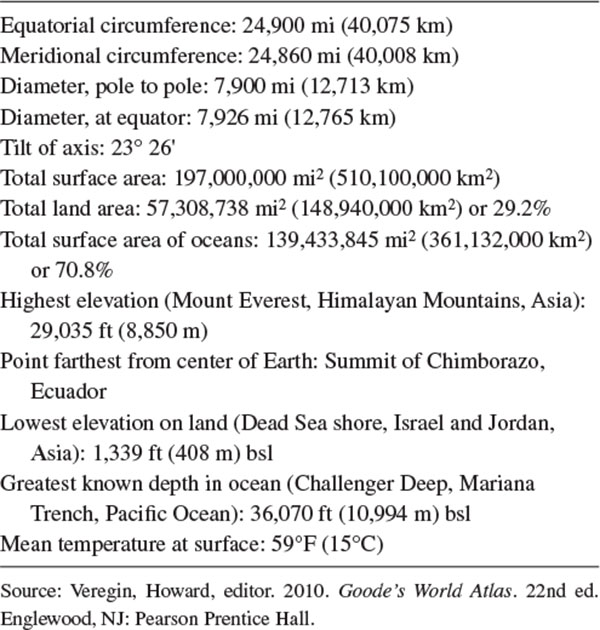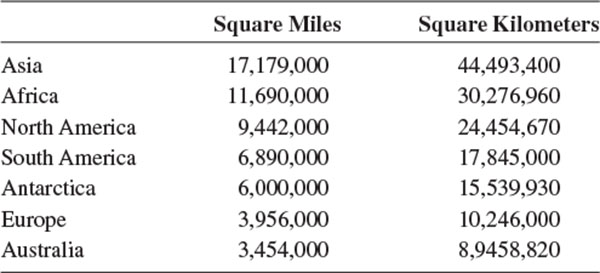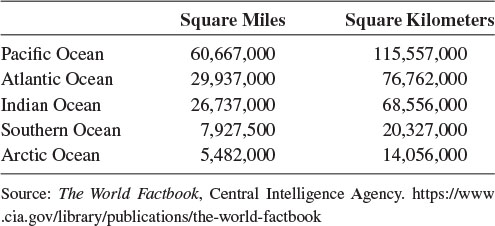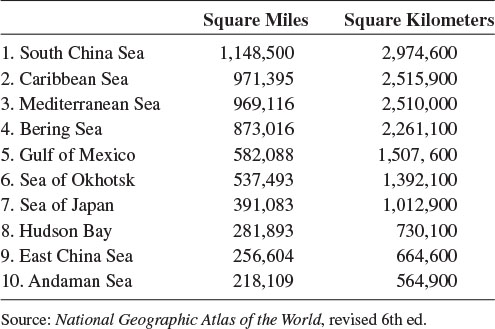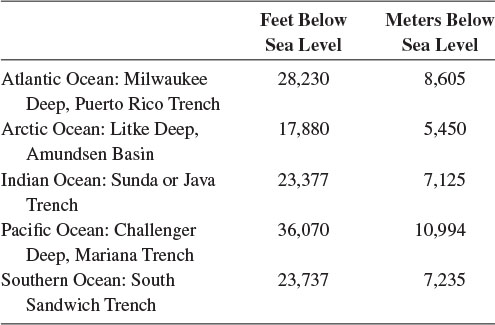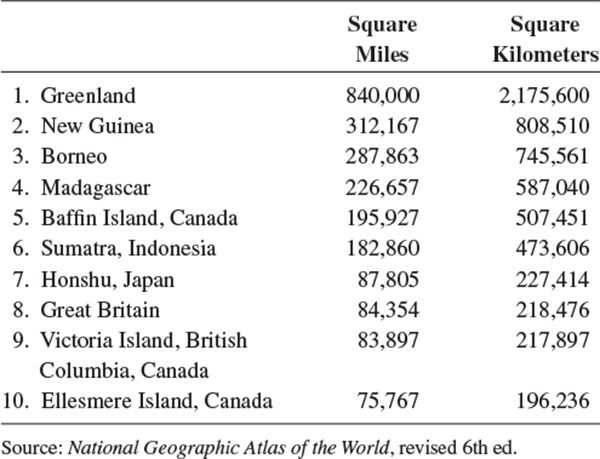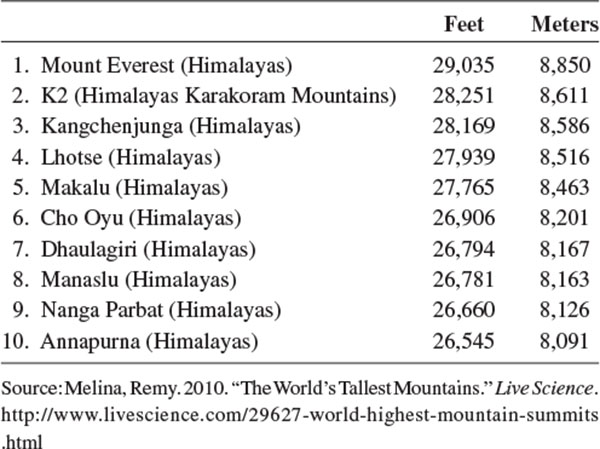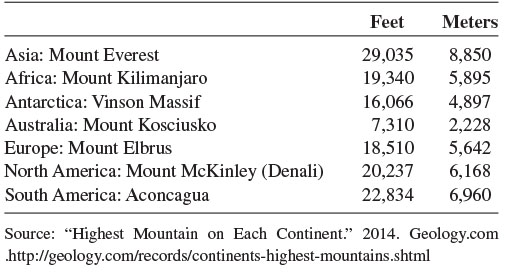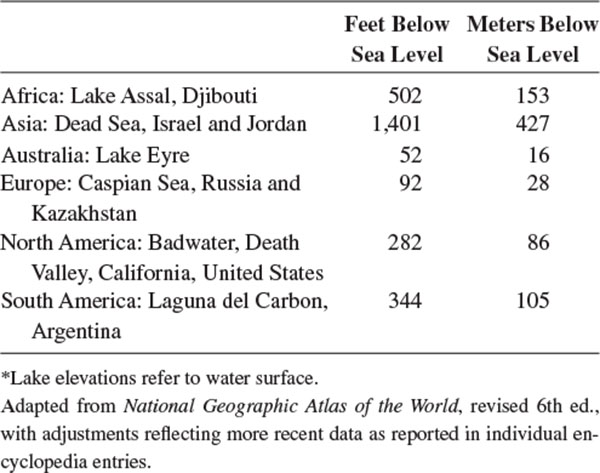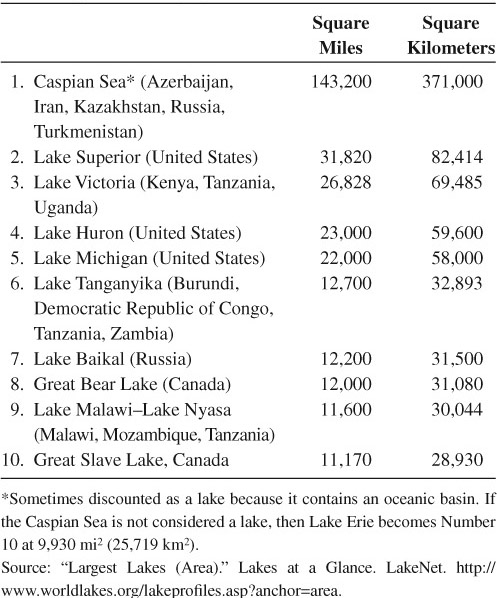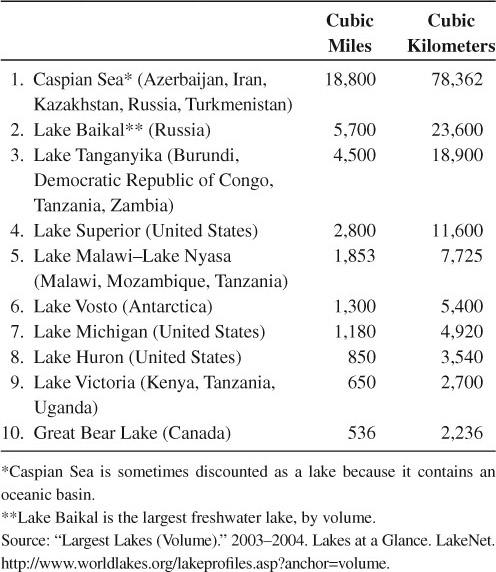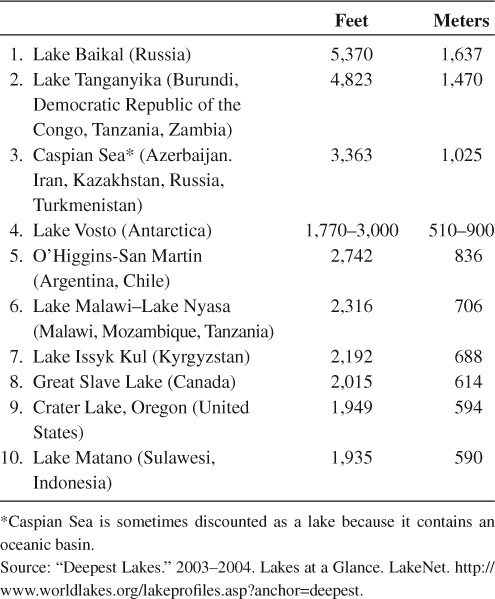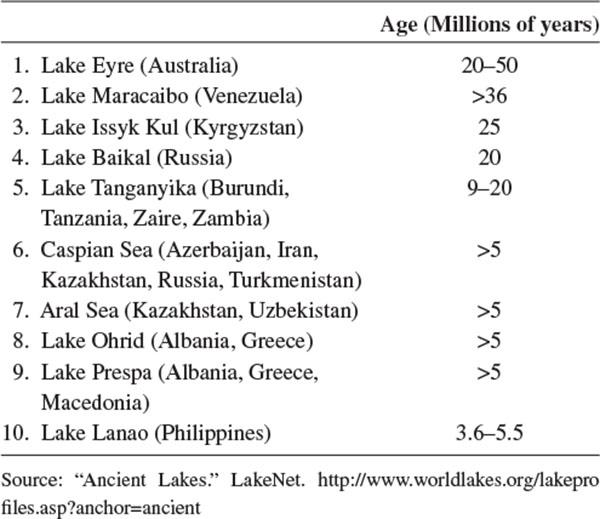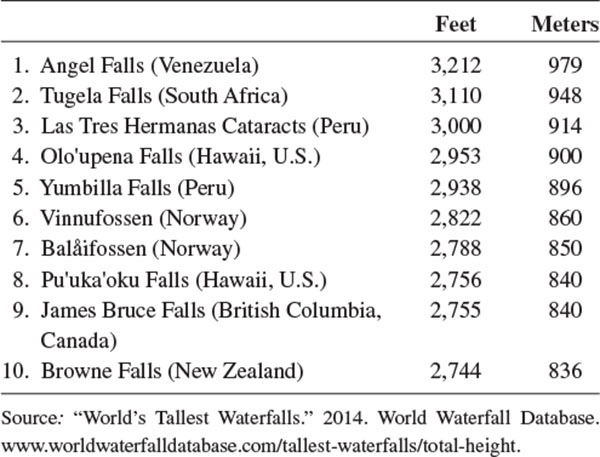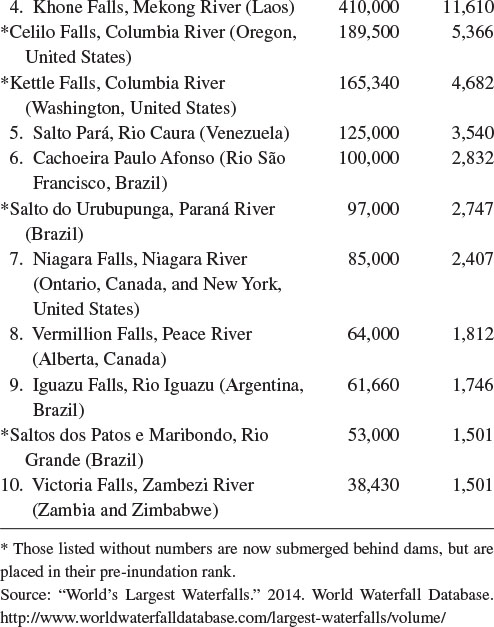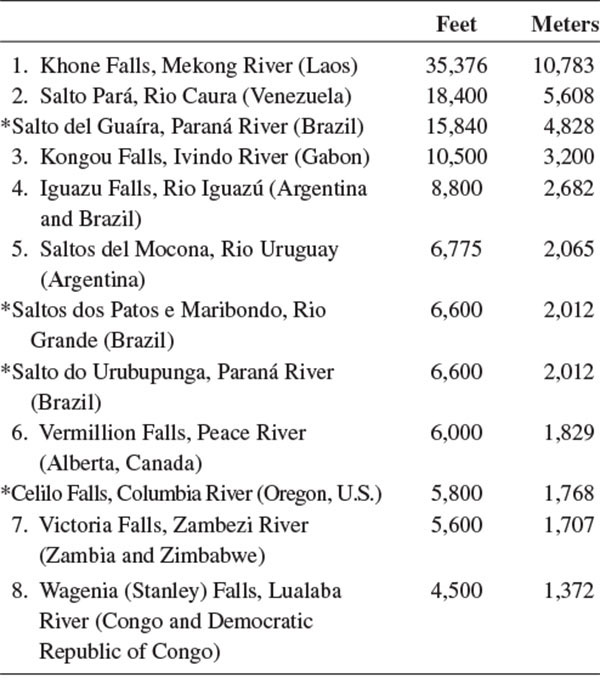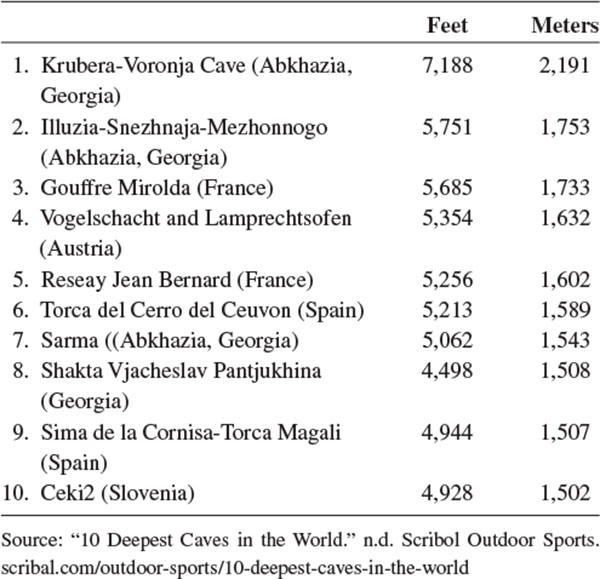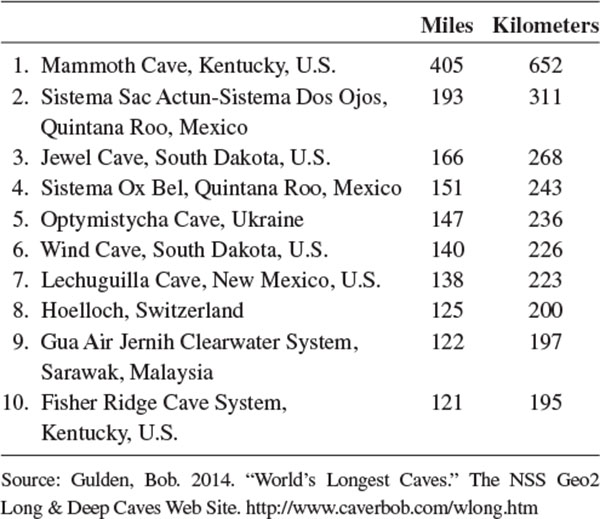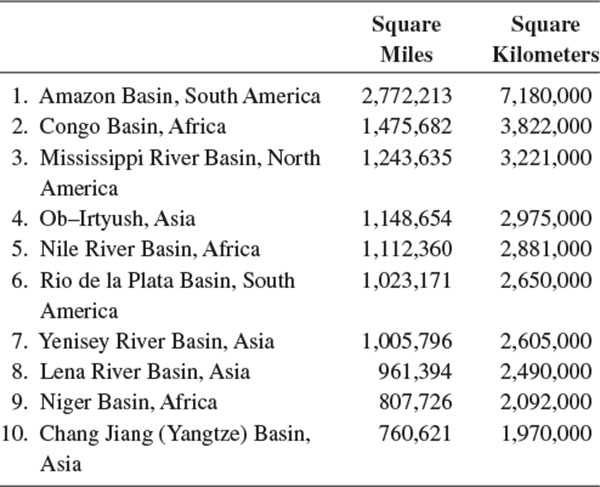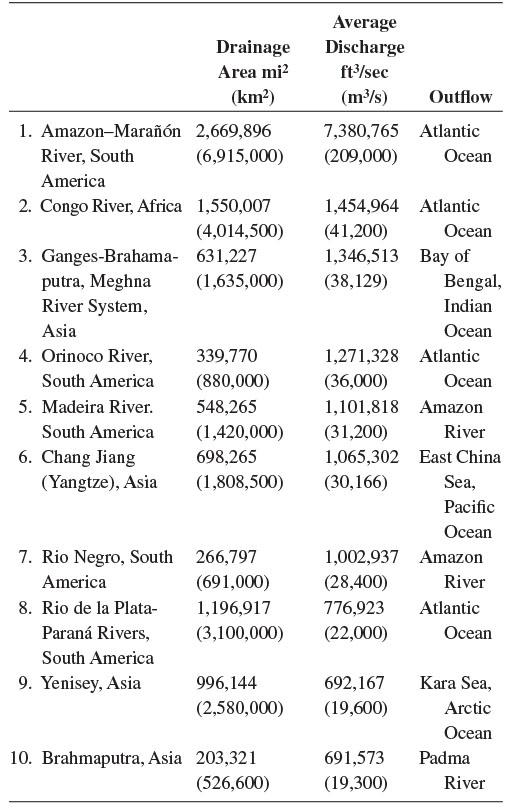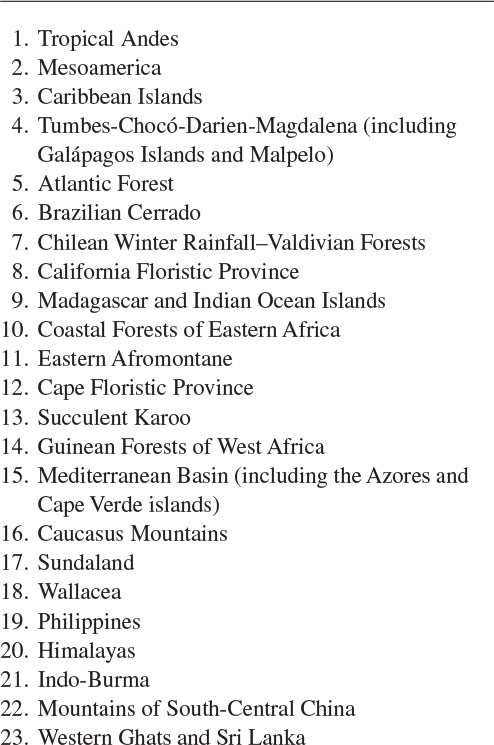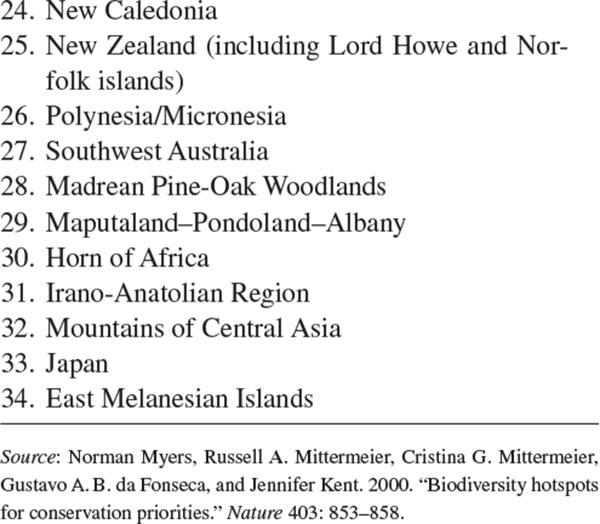Joyce A. Quinn - Earths Landscape: An Encyclopedia of the Worlds Geographic Features
Here you can read online Joyce A. Quinn - Earths Landscape: An Encyclopedia of the Worlds Geographic Features full text of the book (entire story) in english for free. Download pdf and epub, get meaning, cover and reviews about this ebook. year: 2015, publisher: ABC-CLIO, genre: Politics. Description of the work, (preface) as well as reviews are available. Best literature library LitArk.com created for fans of good reading and offers a wide selection of genres:
Romance novel
Science fiction
Adventure
Detective
Science
History
Home and family
Prose
Art
Politics
Computer
Non-fiction
Religion
Business
Children
Humor
Choose a favorite category and find really read worthwhile books. Enjoy immersion in the world of imagination, feel the emotions of the characters or learn something new for yourself, make an fascinating discovery.
- Book:Earths Landscape: An Encyclopedia of the Worlds Geographic Features
- Author:
- Publisher:ABC-CLIO
- Genre:
- Year:2015
- Rating:3 / 5
- Favourites:Add to favourites
- Your mark:
Earths Landscape: An Encyclopedia of the Worlds Geographic Features: summary, description and annotation
We offer to read an annotation, description, summary or preface (depends on what the author of the book "Earths Landscape: An Encyclopedia of the Worlds Geographic Features" wrote himself). If you haven't found the necessary information about the book — write in the comments, we will try to find it.
With Earth undergoing rapid environmental change, students and the general public alike should be knowledgeable about the worlds geographic features. This authoritative, two-volume reference enables readers do just that. It describes continents and oceans; individual mountains, islands, caves, and rivers; and ecological entities such as wildlife refuges and national parks. Each entry provides a geographic overview of the features significance, location, description, geologic history, biota, protected areas, and environmental issues. But the coverage goes even deeper so that entries also discuss the cultural importance of each natural place, covering everything from indigenous beliefs to traditional folklore to contemporary legends.
The encyclopedia stands apart from other works not only in the depth of its coverage but also in its range. It discusses lesser known as well as prominent geographical features and offers critical thinking aids that will help students see how the natural world relates to their daily lives. Teaching and learning tools include an appendix called Opposing Viewpoints that allows students to understand landforms involved in current conflicts and disputes as well as an Activities/Discussion Questions appendix.
Joyce A. Quinn: author's other books
Who wrote Earths Landscape: An Encyclopedia of the Worlds Geographic Features? Find out the surname, the name of the author of the book and a list of all author's works by series.







